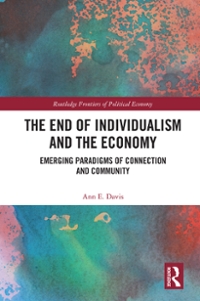Part A.
1
(a) Draw the Marginal Revenue (MR) curve in the graph above. (To do this in WORD, click on the above graph and then click on the 'Insert' tab. Select 'Shapes' and then click on 'Lines'. Click on where the MR will insect Price and then click on where MR will intersect Quantity) (1 marks) (b) What is the monopoly market outcome? (6 marks) Monopoly price = $ Monopoly quantity = Monopoly profit = $ (c) In addition to the "regular" monopoly price you calculated above, the monopoly now decides to practice price discrimination, by introducing two new prices: a "business" price at $50 and a "student" price at $30. (These different prices will be sold through different sales channels: the "regular" tickets are sold at the ticket booth on the island, for casual tourists; the "business" tickets are booked through corporate travel agents; and the "student" tickets are sold at University student centres. We assume that the corporate clients have the highest willingness-to-pay, followed by casual tourists, followed by students.) (7 marks) Number of "business" tickets sold = Profit from "business" tickets = $ Number of "regular" tickets sold = Profit from "regular" tickets = $ Number of "student" tickets sold = Profit from "student" tickets = $ Total Profit from all ticket sales = $\"Volcanic Bus Tours\" is the only company that sells bus tickets to guided tours on Rangitoto Island. The graph below shows the Demand (D) and Marginal Cost (MC) cuwes for their bus tour tickets. :3 .............. 0 'IIUI2'0'3'O I 4'0'5'0I6I0 I 7-0'8'0I9i}'160'1i0-120'130-140-150 Competition regulator Rod Sims warns that Australia Post's plan to jack-up the price of stamps to $1 is "not a done deal", as unions gear up for a concerted campaign before a final decision is made in December. Communications Minister Malcolm Turnbull has backed the beleaguered mail service's plan to introduce a two-speed mail service, with a regular service operating two days slower than the current delivery speed and the addition of a premium-rate priority service which could cost as much as $1.50 per letter. But before Australia Post can increase the price of ordinary stamps for their standard, slower service from 70 cents to $1, the Australian Competition and Consumer Commission must approve the increase. Chairman Rod Sims said they would carefully consult with industry, unions and the public before making their decision with any prise rise proposed to apply from January 4, 2016. The ACCC issues paper questions whether it is appropriate to hit consumers with a 43 per cent price rise in one-hit and whether a "price path over time" is "more appropriate". "It is not a done deal, it is extremely complex because of the cost allocation, falling demand and question of which service you focus on," ACCC chairman Rod Sims told The Australian Financial Review. "If you just look at stamps, they are still losing money in 2016-17 but does stamps underpin the bulk mail price, which [when] combined with stamps they are making money in 2016-17." The groups have commissioned a report from ACIL Allen consulting, which shows the mail industry employs 131,709 full-time jobs and contributes $14.2 billion to the economy. "It's ridiculous to increase the price of stamps by 43 per cent without considering the full ramifications on the total industry," Bill Healy of the Printing Industries Association of Australia said. Based on the above article, what kind of barriers to entry have allowed Australia Post to continue as a monopoly in providing postal services for standard mail in Australia? Explain









